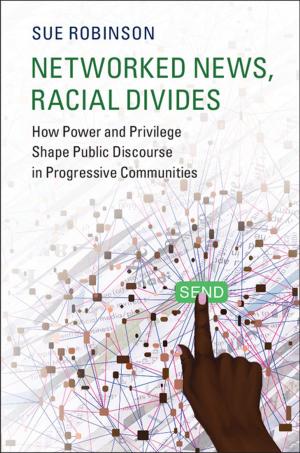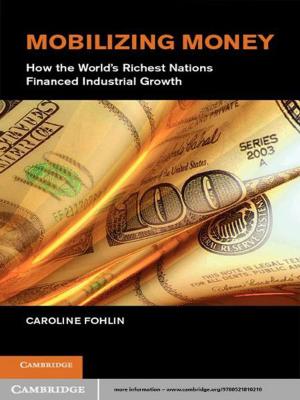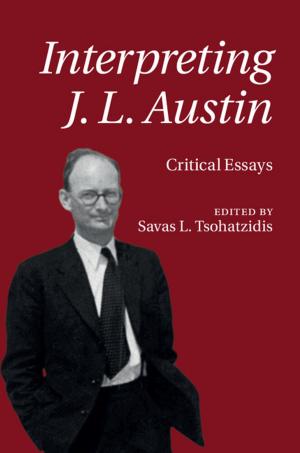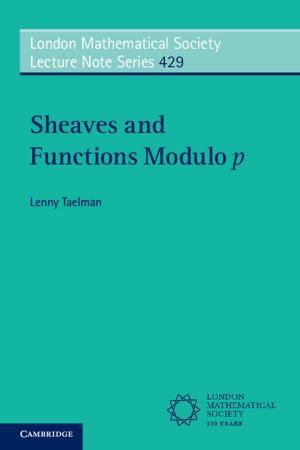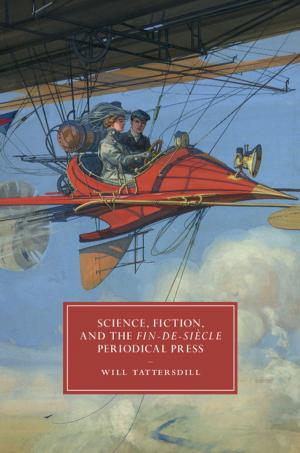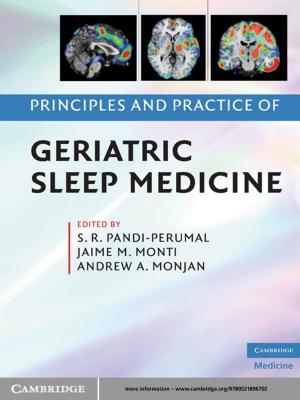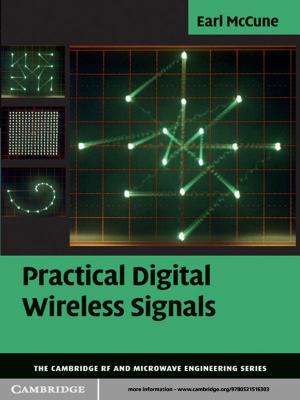The Quantum Theory of Fields: Volume 3, Supersymmetry
Nonfiction, Science & Nature, Science, Physics, Mathematical Physics, Quantum Theory| Author: | Steven Weinberg | ISBN: | 9781139636438 |
| Publisher: | Cambridge University Press | Publication: | May 9, 2005 |
| Imprint: | Cambridge University Press | Language: | English |
| Author: | Steven Weinberg |
| ISBN: | 9781139636438 |
| Publisher: | Cambridge University Press |
| Publication: | May 9, 2005 |
| Imprint: | Cambridge University Press |
| Language: | English |
In this third volume of The Quantum Theory of Fields, available for the first time in paperback, Nobel Laureate Steven Weinberg continues his masterly exposition of quantum field theory. This volume presents a self-contained, up-to-date and comprehensive introduction to supersymmetry, a highly active area of theoretical physics. The text introduces and explains a broad range of topics, including supersymmetric algebras, supersymmetric field theories, extended supersymmetry, supergraphs, non-perturbative results, theories of supersymmetry in higher dimensions, and supergravity. A thorough review is given of the phenomenological implications of supersymmetry, including theories of both gauge and gravitationally-mediated supersymmetry breaking. Also provided is an introduction to mathematical techniques, based on holomorphy and duality, that have proved so fruitful in recent developments. This book contains much material not found in other books on supersymmetry, including previously unpublished results. Exercises are included.
In this third volume of The Quantum Theory of Fields, available for the first time in paperback, Nobel Laureate Steven Weinberg continues his masterly exposition of quantum field theory. This volume presents a self-contained, up-to-date and comprehensive introduction to supersymmetry, a highly active area of theoretical physics. The text introduces and explains a broad range of topics, including supersymmetric algebras, supersymmetric field theories, extended supersymmetry, supergraphs, non-perturbative results, theories of supersymmetry in higher dimensions, and supergravity. A thorough review is given of the phenomenological implications of supersymmetry, including theories of both gauge and gravitationally-mediated supersymmetry breaking. Also provided is an introduction to mathematical techniques, based on holomorphy and duality, that have proved so fruitful in recent developments. This book contains much material not found in other books on supersymmetry, including previously unpublished results. Exercises are included.

